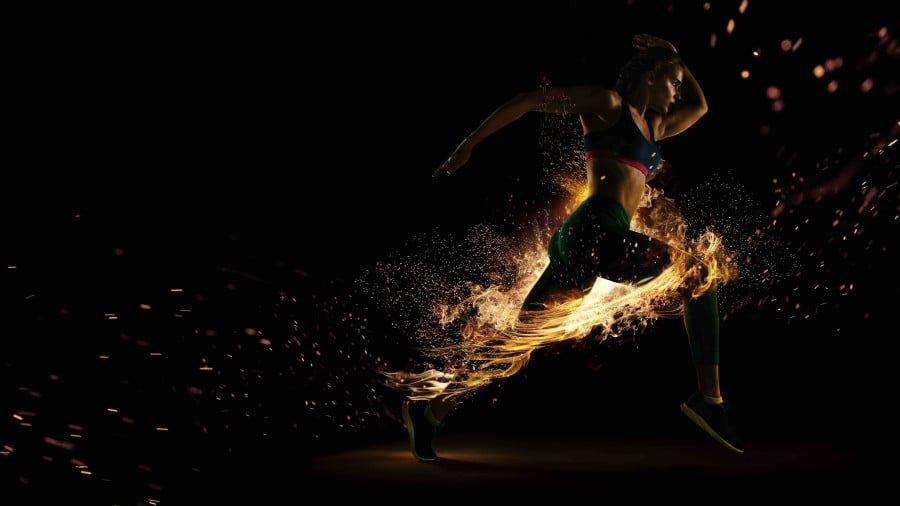Major Hurdles Still Face U.S. SafeSport In The Movement To Protect Athletes

The U.S. Center for SafeSport (the Center) is a non-profit organization[1] dedicated to ending “all forms of abuse in sport” [2]. Though SafeSport had been under development for several years, the Center officially “opened its doors” in March 2017, not long after gymnasts filed a lawsuit against Larry Nassar detailing a long and horrific pattern of sexual abuse that dated back to at least 1992[3]. Despite the fact that SafeSport was in development prior to that, the Nassar scandal certainly played a large part in the codification of the “Protecting Young Victims from Sexual Abuse and SafeSport Authorization Act” by U.S. Congress (the Act).
With the enactment of the Act, SafeSport has exclusive authority over all reports of sexual abuse and sexual misconduct within the United States Olympic & Paralympic Committee (USOPC) and its National Governing Bodies (NGB). Additionally, any member of a NGB affiliated with the Olympic & Paralympic Movement, including athletes, coaches, and athlete support personnel, is subject to the SafeSport Code and must undergo mandatory SafeSport training[4].
It cannot be denied that serious reform was needed in light of the gross mishandling of allegations like those against Nassar. SafeSport as an institution in American sport is long overdue. However, there are many questions over whether SafeSport is sufficiently addressing allegations of misconduct in American Olympic sport. This article examines the main points of concern, looking in turn at:
- Funding
- Education and the frequency of the Code’s revision
- Delays and transparency of the case management process
- Confidentiality of the accused during investigations
- Ensuring a fair process for the accused
- Application to historic cases and jurisdictional concerns
- Ensuring NGBs are complying with the Code (harmonization and buy-in)
To continue reading or watching login or register here
Already a member? Sign in
Get access to all of the expert analysis and commentary at LawInSport including articles, webinars, conference videos and podcast transcripts. Find out more here.
- Tags: Abuse | Athlete Welfare | Dispute Resolution | Gymnastics | Investigations | Regulations | Safeguarding | SafeSport | United States | U_S_ Center for SafeSport
Related Articles
- Top 10 tips for safeguarding children and vulnerable adults in sports
- Best practice for handling child abuse investigations in sport
- Safe sport series - The systemic problems in sport that leave athletes at risk of abuse
- Seven tips for sports organisations to keep safeguarding at the top of the board agenda
- Access To Justice For Survivors Of (Sexual) Harassment And Abuse In Sports
Written by
Lindsay S. Brandon
Lindsay is a practicing associate at the Law Offices of Howard L. Jacobs just outside of Los Angeles, California, where she primarily represents athletes in matters related to anti-doping rule violations before the American Arbitration Association and the Court of Arbitration for Sport. Lindsay also works with athletes (amateur, Olympic, and professional) on team selection disputes, issues related to the U.S. Center for SafeSport, and she has consulted with both athletes and sporting federations on matters impacting athletes at-large. Prior to practicing sports law, Lindsay wrote for several publications in the United States, a majority of which focused on the intersectionality of law, social justice, and sports. Lindsay has also published pieces for the World Sports Advocate and the International Sports Law Journal.
Lindsay received her B.A. from Claremont McKenna College (Claremont, California), her J.D. from Seattle University (Seattle, Washington), and her LL.M. in International Sports Law from St. John’s University (New York, New York).




